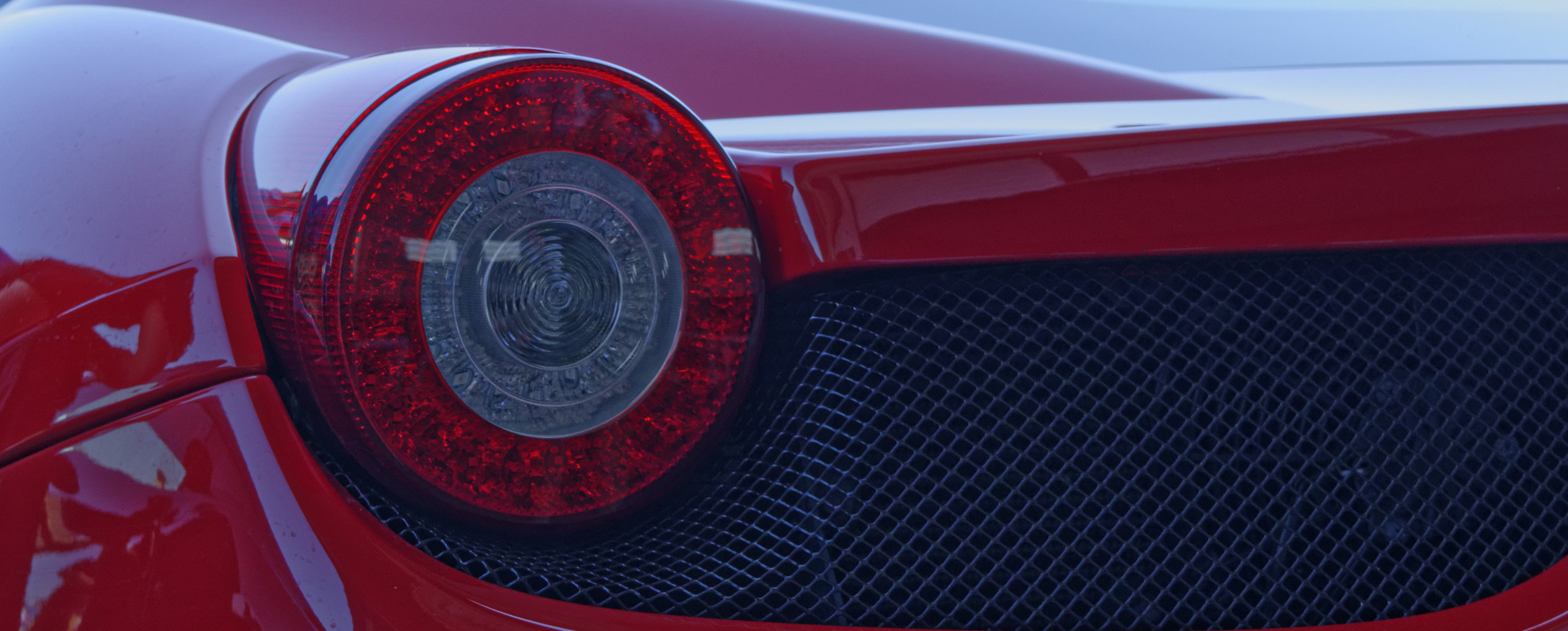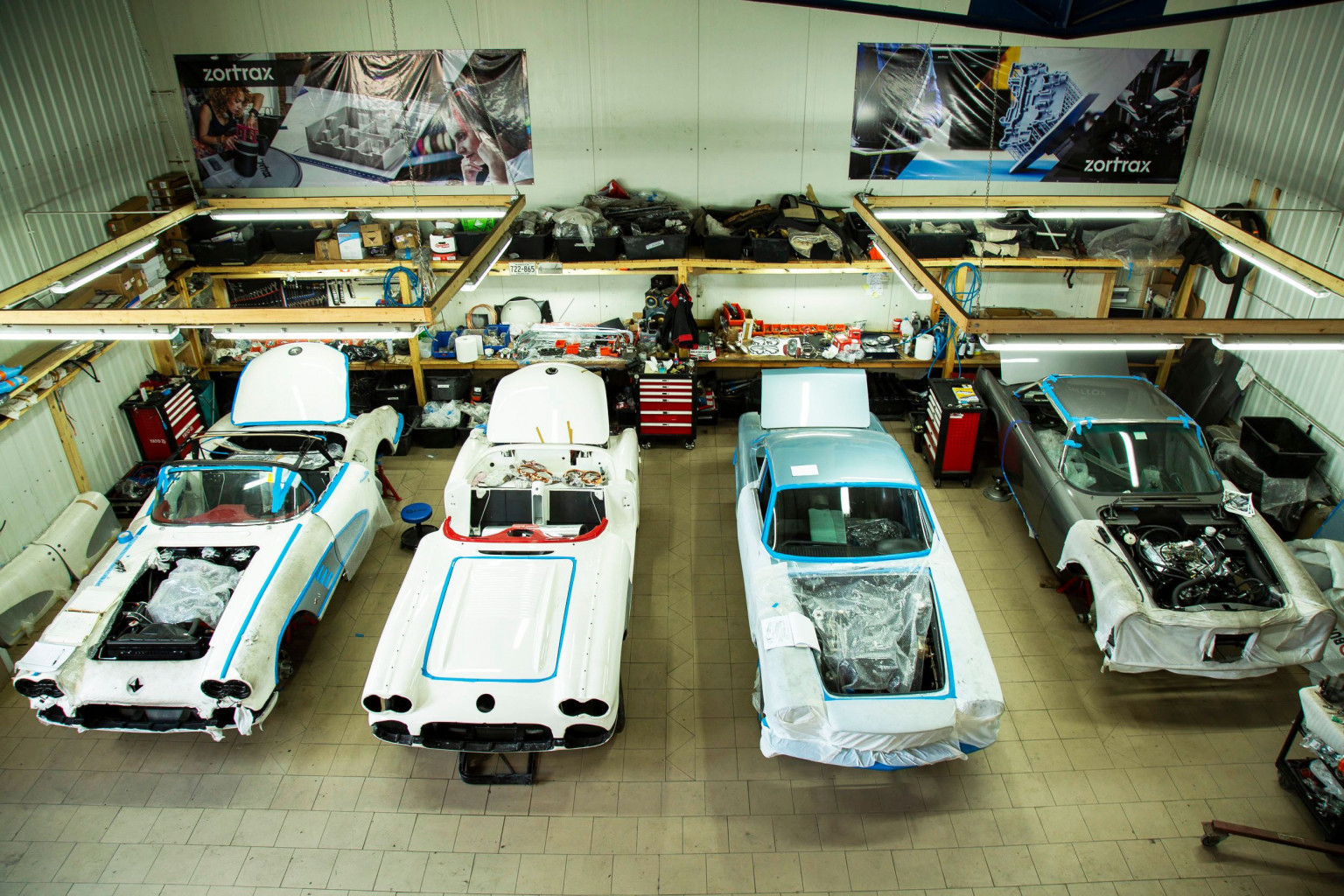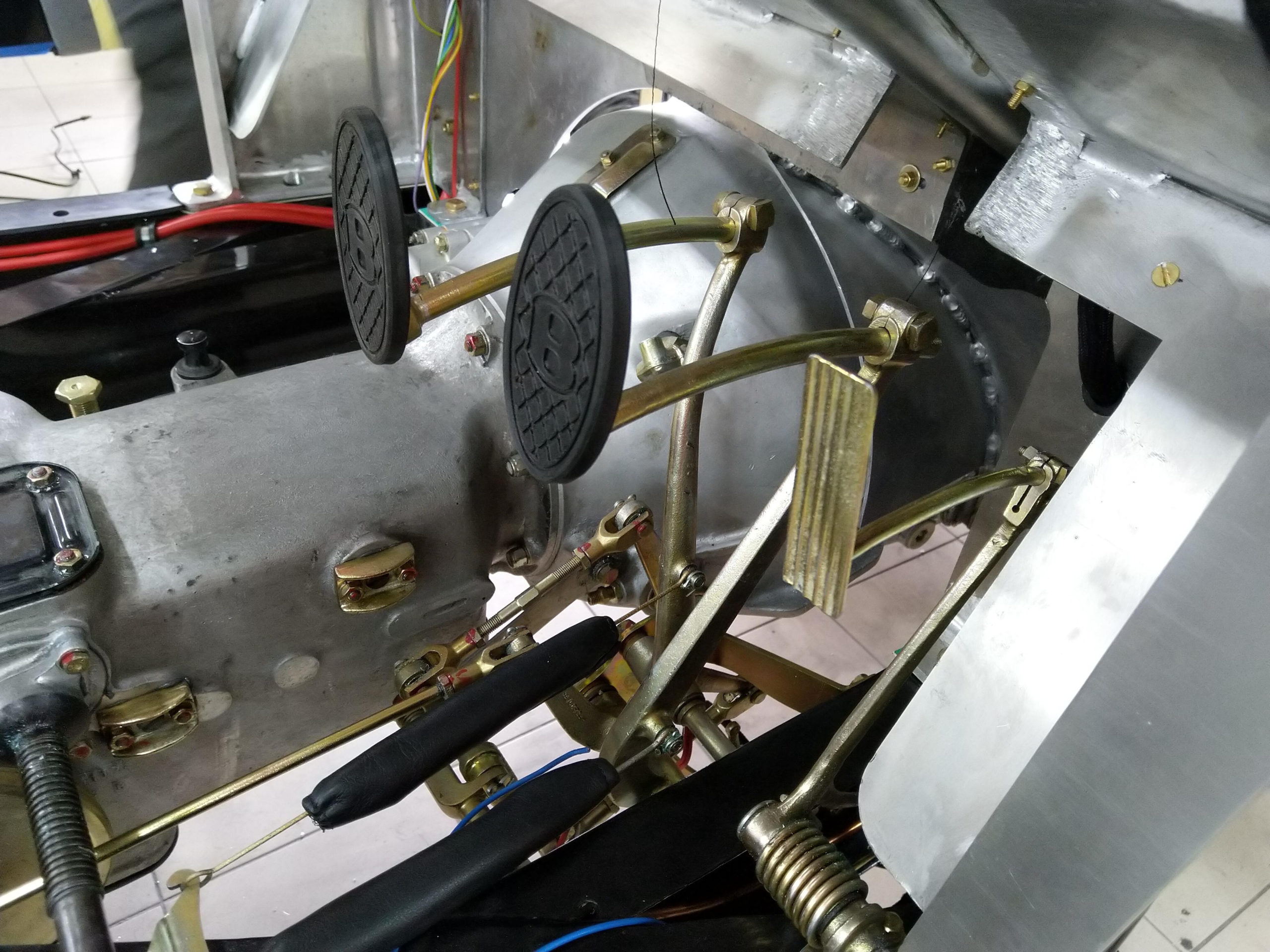The contributions that 3D printing has brought to the automobile industry have been spectacular. And while numerous car manufacturers have been using the technology for prototyping for decades, in the last few years some fantastic specimens have been brought forth, whether almost fully prototyped—or bearing critical, functional components.
Zortrax has recently released information about some of their clients using 3D printing in some of the most important stages of design. With roots in racing that span as far back as 1929 with Enzo Ferrari, the Italy-based luxury sports car manufacturer began producing vehicles in 1947. Vincenzo Mattia used to work for Ferrari as a designer, and he shared some of the steps involved using 3D printers like those produced by Zortrax.
If you have a newer car, it doesn’t take long to see the differences with cars of the past. Nearly everything is computerized now, and in the case of a Ferrari vehicle, streamlined with design that can be breathtaking—as well as costing hundreds of thousands of dollars. In most cases, designers for manufacturers like Ferrari must have extensive training for designing and building engines, creating suspensions, and managing aerodynamics.
In a recent release from Zortrax, Mattia explains that to gain the best knowledge for working in the automotive industry, a designer may start out at a well-known institution like Istituto Superiore di Scienza dell’Automobile di Modena (ISSAM), and then begin to learn a specialty. This is important for designers working at companies like Ferrari especially, as over 3,000 people are involved in developing a new car. Mattia says that it is impossible to do such work alone, and especially as they work through the following five stages:
- Demo
- Mulotipo
- Prototipo
- Avanserie
- Preserie
3D printing is used during both the demo and mulotipo phases.
“An effective designer has to communicate ideas clearly. Back in the old days, this was done through sketches drawn with a pencil on a sheet of paper by hand. Then, in the 1990s through early 2000s, we witnessed a major shift towards CAD design. Now, another great shift is underway. We are entering the era of real 3D. It is no longer enough to design on a computer screen. Now, you need to build things you can touch, you can feel, things you can really see. And you need a 3D printer to do that,” says Mattia.
Now, Mattia has brought the wonder of Zortrax 3D printers to Vins Motors, his own company—founded upon his exit from Ferrari. His team designs “super-light motorbikes” out of carbon fiber, contracting out to Ferrari.
Poland-headquartered Zortrax is known for producing desktop 3D printers, software, and filaments, so it is not surprising that products helpful to Ferrari can also be just as successful in a small Polish workshop like ABcar Oldtimers. Specializing in the rebuilding of vintage cars, there is reverse engineering at work as 3D scanning and design may be used to recreate obsolete parts that can then be manufactured with 3D printing.
“Doing this job, you spend lots of time on prototyping, designing, and constantly searching for unorthodox solutions,” says Bartłomiej Błaszczak, an ABcar Oldtimers chief designer.
The ABcar Oldtimers team must build many “tiny, intricately designed” parts—often with designs original to the car—like speedometer needles in antique Mercedes that bear a crescent at the bottom. Many of these pieces require a special 3D printer—and with the Zortrax, virtually any shape can be created quickly (in days, rather than months).
“This is why 3D printing technology and Zortrax 3D printers in particular offer sufficient quality to meet the requirements of huge automakers like Ferrari, while staying accessible to small businesses like ABCar Oldtimers,” states the Zortrax team in a press release/case study sent to 3DPrint.com.
Are you interested in finding out how 3D printing is used by other automotive companies? Check out this new Corvette prototype, built with 75 percent prototyped parts—or take a look at the latest Lamborghini bearing functional 3D printed components. Find out more about Zortrax here.
[Source / Images: Zortrax]Subscribe to Our Email Newsletter
Stay up-to-date on all the latest news from the 3D printing industry and receive information and offers from third party vendors.
You May Also Like
3D Printing Unpeeled: New Arkema Material for HP, Saddle and Macro MEMS
A new Arkema material for MJF is said to reduce costs per part by up to 25% and have an 85% reusability ratio. HP 3D HR PA 12 S has been...
3D Printing News Briefs, January 20, 2024: FDM, LPBF, Underwater 3D Printer, Racing, & More
We’re starting off with a process certification in today’s 3D Printing News Briefs, and then moving on to research about solute trapping, laser powder bed fusion, and then moving on...
3D Printing Webinar and Event Roundup: December 3, 2023
We’ve got plenty of events and webinars coming up for you this week! Quickparts is having a Manufacturing Roadshow, America Makes is holding a Member Town Hall, Stratafest makes two...
Formnext 2023 Day Three: Slam Dunk
I’m high—high on trade show. I’ve met numerous new faces and reconnected with old friends, creating an absolutely wonderful atmosphere. The excitement is palpable over several emerging developments. The high...




































